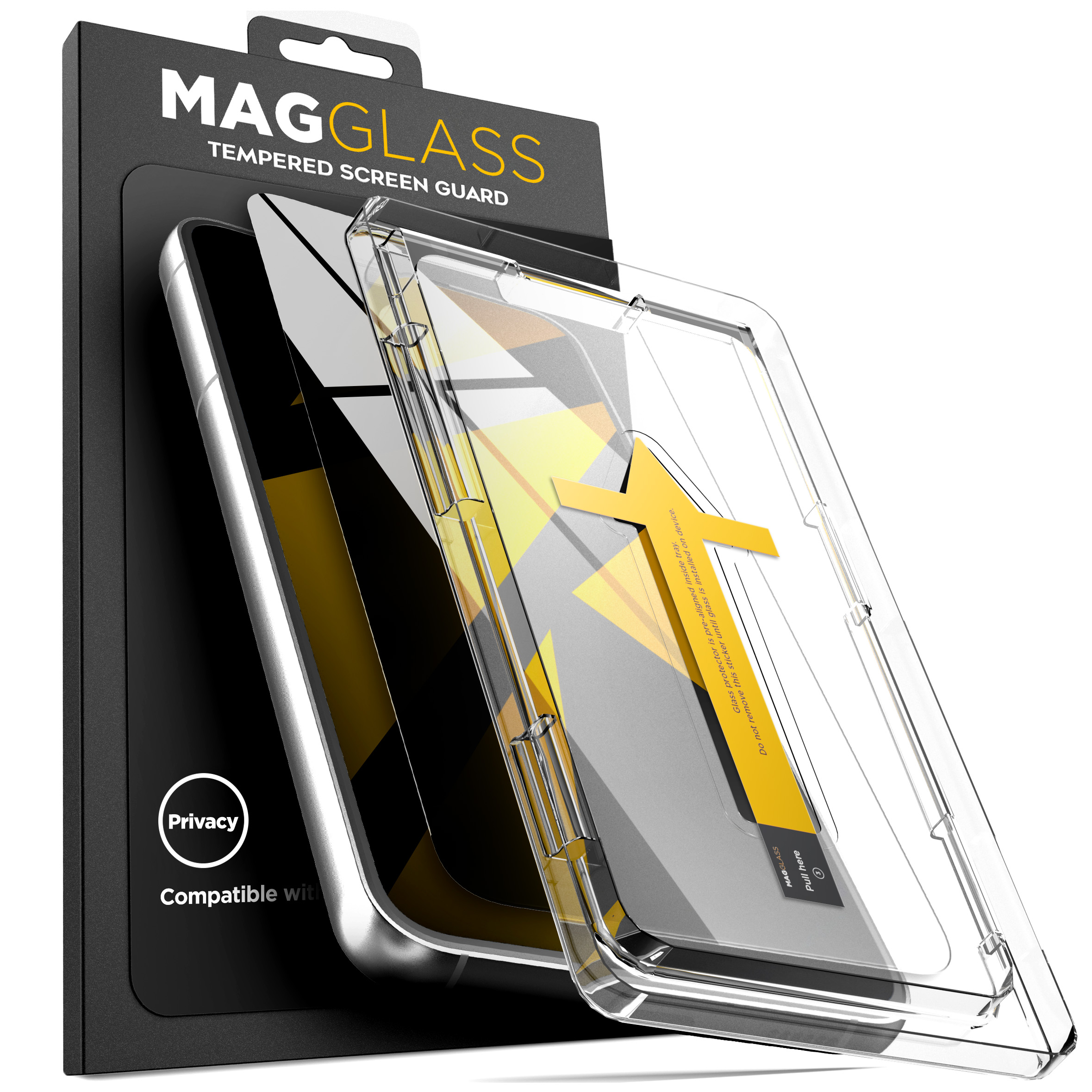

If you conduct a cursory web search about glass screen protectors, you will find a veritable cornucopia of videos on YouTube. This kind of damage often renders a phone inoperable and can even cause cuts on your fingers. If you’ve ever fumbled with getting your phone out of your pocket and dropped it on the pavement only to pick it up and see spiderwebs creeping across the screen, then you know how devastating screen breaks, cracks, and scratches can be. Having a screen protector and wallet cover on your device will defend against these types of scratches that occur while your iPhone or Samsung is in your pocket. Sand is one of the most common causes of scratches on your phone, these and other mineral particulates are generally too small to notice and annoyingly difficult to get out. The Mohs scratch test is all about observing the effect two minerals have when scraping one across another.įrom top-of-the-line to the average 9H glass screen protectors, you can’t go wrong by adding one to your screen. This coating wears out over time.Ī 9H glass screen protector is recommended to keep your phone screen from scratching. They put a special coating on the top of the glass to give it such high resistance to scratching. Corning uses an aluminum-silicate composition in their Gorilla Glass, which has a fantastic glass hardness rating all on its own, but according to Corning’s own data, the glass is not really what makes the screen scratch-resistant. Gorilla Glass screens are given a 9H rating all by themselves, so why should you spend the extra money on a glass screen protector? The type of glass most commonly used in phone screens today is Corning Gorilla Glass this is incredibly tough stuff. Why You Should Get a 9H Glass Screen Protector To test different displays, pencils that have a hardness rating from 6B to 9H get scraped across the screen at a sharp angle.Īll that to say that 9H hardness, by the current market standards, is the strongest screen glass on the market. The softest graphite used in pencils is rated as 9B, while the hardest is rated a 9H. We test glass hardness based on the scratch the hardest pencil has on the screen to display the difference in surface hardness of the two materials. When a manufacturer slaps that 9H label of their product, it means the screen can resist scratches from a pencil with the hardest graphite. The pencil test shows just how hard a glass screen is when subjected to the graphite of standard hardnesses. To find a tempered glass hardness rating, we use the pencil test. The H in 9H refers to the hardness of a pencil. With ten being the highest on the scale, 9H glass hardness implies that these screen protectors are just one step away from diamonds. This observational scale has been in use for quite some time and is widely accepted as an accurate test for surface hardness. Typical glass hardness being at about a five with diamonds being a ten. To be more specific, 9H refers to the observable hardness of minerals developed by a man named Friedrich Mohs in 1812 and ranges from 1 to 10.

The term ‘9H’ refers to the Mohs scale of mineral hardness. The question is which one should you choose? The answer: a 9H hardness glass screen protector. As you might imagine, with so many more screens to protect, there is a much broader array of screen protectors on the market today.

The screen protector market is in no way a recent invention however, as early as the 1960s, screen protectors were sold for TVs. Since the early 2000s, when the first Personal Digital Assistants came onto the market, consumers have searched for the best way to protect the screens on their new devices.


 0 kommentar(er)
0 kommentar(er)
